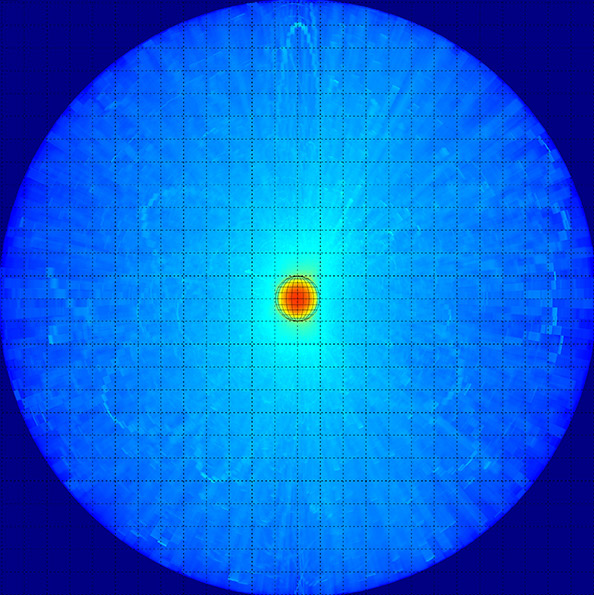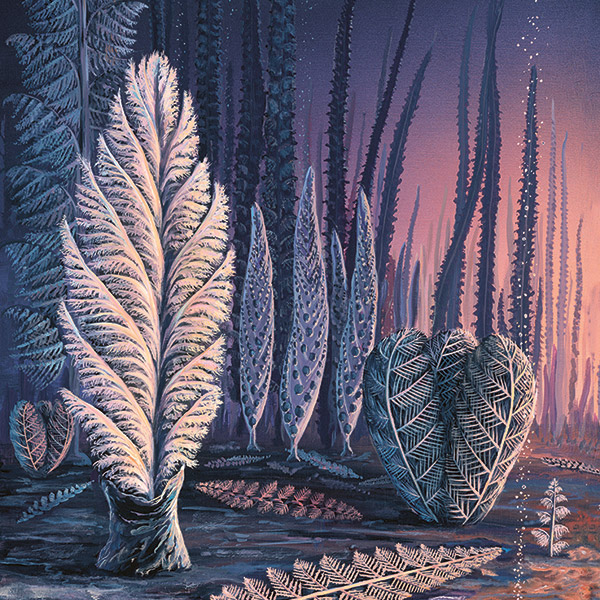ASTROPHYSICS
Juice in the moon
Researchers from the University of Bern have been simulating the atmosphere of Ganymede, Jupiter’s biggest moon.

The distribution of water vapour in the atmosphere of Jupiter’s icy moon Ganymede. | Graphic: Vorburger et al. (2023)
Jupiter’s moon Ganymede has an underground ocean that could actually harbour life. A team led by the Bernese astrophysicist Audrey Vorburger has now modelled its atmosphere. “It wasn’t an easy task”, she says. For one thing, Jupiter bombards its moon with a stream of charged particles. And Ganymede is so large that it generates its own magnetic field – it’s the only moon in the solar system to do so, and this has an impact on the processes that take place there. The electrons in the stream of particles from Jupiter hit water vapour from Ganymede’s ice-covered surface and split it into oxygen and hydrogen. These two gases are then electrically charged, whereupon they escape from the atmosphere.
“We’re eagerly awaiting the year 2031”, says Vorburger. That’s when ‘Juice’, the Jupiter Icy Moons Explorer of the European Space Agency, will reach Ganymede, take samples from its atmosphere, and will either confirm or expand our current understanding of it.
A. Vorburger et al.: 3D Monte-Carlo simulation of Ganymede’s atmosphere. Icarus (2024)




